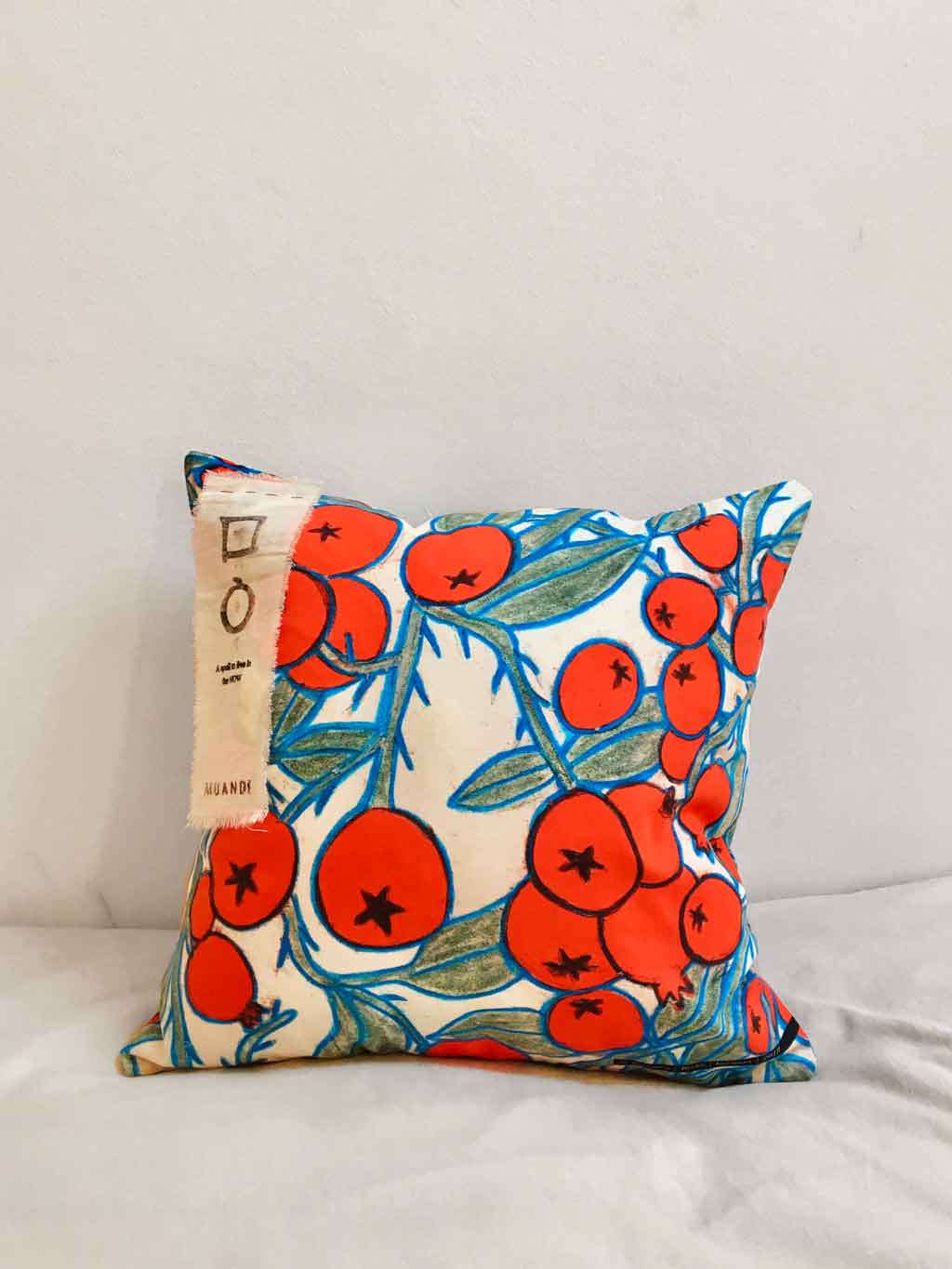Unique Art Things To Know Before You Get This
Unique Art Things To Know Before You Get This
Blog Article
Unique Art for Dummies
Table of ContentsOur Unique Art IdeasUnique Art Fundamentals ExplainedHow Unique Art can Save You Time, Stress, and Money.Some Known Details About Unique Art
While one might debate which art kind holds priority, the reality remains that each of these seven kinds provides a distinct home window into human history, society, and advancement. They are the tapestries that chronicle our trip, reminding us of our past while motivating visions for the future.Great art work informs a tale, makes people look twice, and develops a distinct experience that can't be matched. Art and pictures connect all of that via color, shape and other style components. Discover just how to make your distinct artwork stand apart from the crowd.
3 Emil DervishIn this entrance by Emil Dervish that stunning cobalt blue door swipes the program. To bring much more drama, he extended the paint. to the doorframe and the wall surface up, ending up in an arched shape. The contours, along with a round sconce, soften the sides - Unique Art. Structures vintage posters and maps of precious areas established the scene.
8 TRIA GIOVANEqual parts grand and laidback, this foyer designed by Anthony Baratta is the ideal blueprint to follow if you're embellishing a formal entryway that still really feels unfussy and comfy. Patterned fabrics take spotlight (see the rugs and the sofa), however they additionally aid bring the high ceilings down to a human range when hung over wallpaper.
Indicators on Unique Art You Need To Know
18 Heidi Caillier DesignA gallery wall surface does not require to take up the whole space. In some cases a little one can make a larger style declaration. In this living area, Hiedi Caillier chose for micro-mini frameworks and a random composition.
, the expression of concepts and feelings, with the creation of certain aesthetic qualities, in a two-dimensional aesthetic language. The components of this languageits forms, lines, colours, tones, and texturesare utilized in various methods to produce feelings of volume, area, movement, and light on a level surface. These aspects are combined into meaningful patterns in order to represent real or superordinary phenomena, to interpret a narrative motif, or to create entirely abstract aesthetic relationships.
Later on the idea of the "fine musician" established in Asia and Renaissance Europe. Noticeable painters were afforded the social condition of scholars and courtiers; they signed their work, chose its style and usually its subject and images, and developed a more personalif not always amicablerelationship with their clients. Throughout the 19th century painters in Western cultures started to shed their social setting and safe and secure patronage.
Unique Art Fundamentals Explained
Others gained an earnings through touring exhibitions of their job. The demand to appeal to a market had replaced the similar (if much less impersonal) demands of patronage, and its result on the art itself was possibly comparable. Usually, musicians in the 20th century might reach a target market just via business galleries and public galleries, although their job may have been occasionally replicated in art regulars
For the background of painting in ancient Egypt, see Egyptian art and style. The development of paint in different areas is dealt with in a number of short articles: Western painting; African art; Central Asian arts; Chinese paint; Islamic arts; Japanese art; Korean art; Indigenous American art; Oceanic art and design; South Oriental arts; Southeast Asian arts. It is the sense of inevitability in this official organization that provides a visit homepage terrific painting its self-sufficiency and existence. The colours and placing of the major pictures in a style might be in some cases largely determined by representational and symbolic factors to consider. Yet it is the formal interaction of colours and shapes that alone can connecting a particular mood, producing optical experiences of space, volume, activity, and light and producing forces of both consistency and tension, even when a paint's narrative symbolism is unknown.
Don't copy the style of other artists if you're looking for your style. Copying other individuals's art work can be wonderful in instructional functions however it will certainly not make you closer to discovering your very own unique design. Your imaginative design needs to be, what you like and what motivates you.

All About Unique Art
You require to attempt great deals of different click reference alternatives and explore every little thing before you can concentrate on one specific design or you'll be bored, or worse, you'll why not find out more hate your very own design. I recommend you to try every solitary topic that you're interested in, check out as much as you can. Try various tools that excite you and brand-new strategies you have actually never ever tried prior to.
With time you'll have the ability to arrange all of them into your favored and the very least favorite groups. Attempt to concentrate your focus on the subjects and tools that you like and before you see it coming you'll have your own individual and one-of-a-kind style, like no person else have! So ultimately you'll have a few favorite topics to paint and possibly a couple of preferred mediums.

Report this page